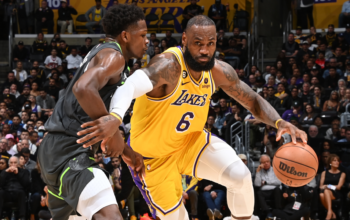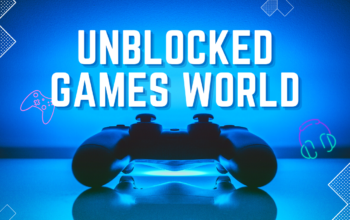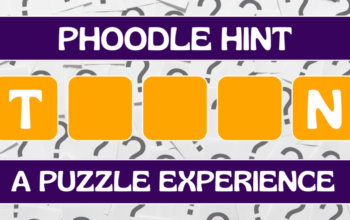
Minecraft, first released in 2009, is not just a game; it’s a cultural phenomenon that has captivated millions of players around the world. With its simple blocky graphics and limitless creativity, Minecraft has become one of the best-selling video games of all time. Over the years, the game has introduced a variety of features that have allowed players to express themselves in unique ways. Among these are the Minecraft (2009) game icons banners elements that have become integral to the Minecraft experience. This article explores the evolution of these features and their significance within the game.
The Origin of Minecraft Icons and Their Impact
When Minecraft (2009) game icons banners was first released, it was a humble project by Markus “Notch” Persson. The game’s initial design was minimalist, with simple textures and a basic interface. However, as the game grew in popularity, its visual identity evolved, and so did the importance of game icons.
Minecraft (2009) game icons banners serve multiple purposes. They represent items, tools, and blocks in the player’s inventory, making it easy to navigate and manage resources. Over time, these icons have become more than just functional—they are now symbolic of the game itself. The pickaxe icon, for example, is instantly recognizable to players and non-players alike as a representation of Minecraft’s core gameplay: mining and crafting.
As Minecraft (2009) game icons banners continued to develop, the design of these icons became more refined, reflecting the increasing complexity and depth of the game. The introduction of new blocks, items, and biomes required an ever-expanding library of icons, each meticulously designed to fit the game’s aesthetic. These icons, while simple, are iconic in their own right, contributing to Minecraft’s unique visual language.
The Introduction and Evolution of Banners in Minecraft
Banners were introduced in Minecraft (2009) game icons banners as part of the 1.8 update, known as the “Bountiful Update,” in 2014. This feature added a new layer of personalization and creativity to the game, allowing players to create and customize banners using various patterns and colors. These banners could then be placed in the world, serving as flags, decorations, or markers.
The introduction of Minecraft (2009) game icons banners was significant because it gave players a new way to express their individuality within the game. By combining different dyes and patterns, players could create unique designs that represented their in-game identity, clan, or faction. This feature quickly became popular among players who enjoyed the decorative and symbolic aspects of the game.
Banners also played a role in Minecraft’s multiplayer community, where they were often used to signify team bases, kingdoms, or even capture points in custom game modes. The versatility and creativity allowed by banners made them a beloved feature, inspiring countless designs and competitions within the Minecraft community.
The Cultural Significance of Minecraft Icons and Banners
Over the years, Minecraft (2009) game icons banners have transcended the game itself, becoming symbols within gaming culture. The iconic images of the creeper face, the diamond, and the various block textures are now part of the broader pop culture lexicon. These images can be found on merchandise, fan art, and even in educational contexts, where Minecraft is used as a tool for teaching.
Minecraft (2009) game icons banners, in particular, have become a form of artistic expression within the game. Players have created everything from national flags to intricate patterns, using the banner crafting system as a canvas. The creativity sparked by this feature has led to the development of online communities dedicated to sharing and discussing banner designs. Websites and forums have emerged where players can exchange ideas, showcase their designs, and download patterns created by others.
The significance of these features lies not just in their functionality, but in their ability to foster a sense of identity and community within the game. For many players, the icons and banners they create or interact with in Minecraft (2009) game icons banners are deeply personal, representing their journey and achievements in the game.
The Legacy of Minecraft Icons and Banners
As Minecraft (2009) game icons banners continues to evolve, so too will its icons and banners. These elements have become an integral part of the game’s identity, helping to shape the experiences of millions of players. The legacy of Minecraft’s icons and banners is one of creativity, community, and expression, illustrating the power of simple design in a complex and dynamic game world.
It’s likely that future updates to Minecraft will introduce even more ways for players to customize and express themselves, building on the foundation laid by the game’s iconic visual elements. Whether through new icon designs, expanded banner options, or entirely new features, the spirit of creativity that Minecraft fosters will continue to thrive.


